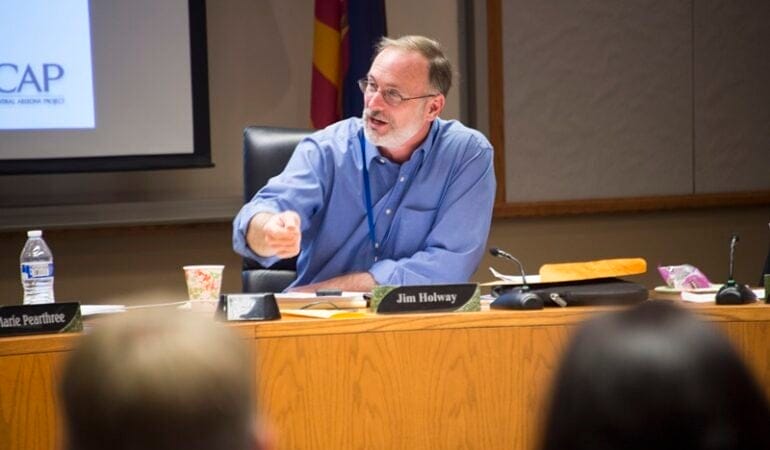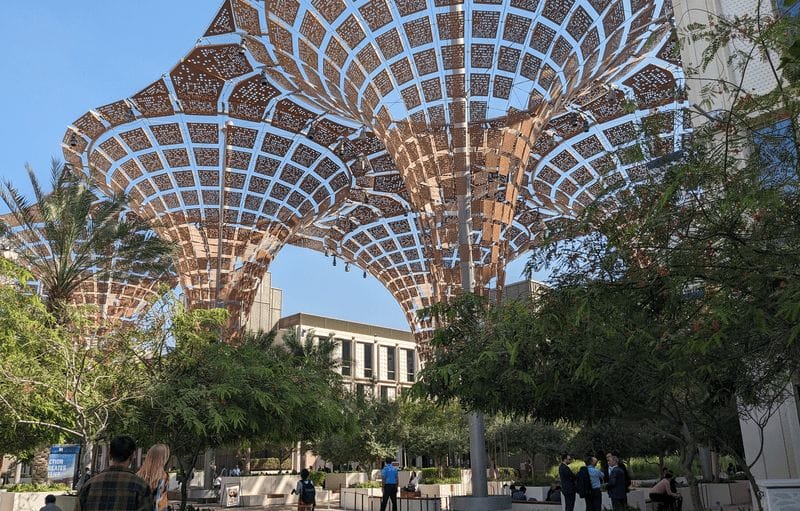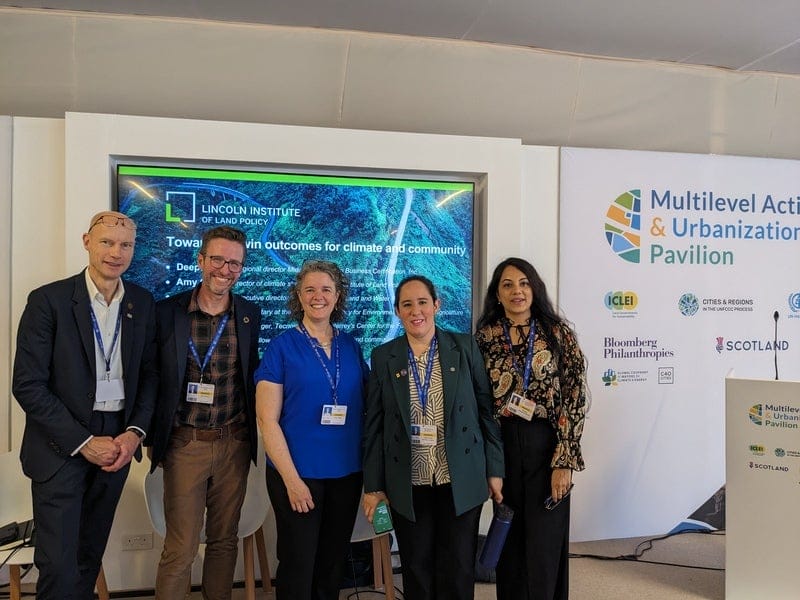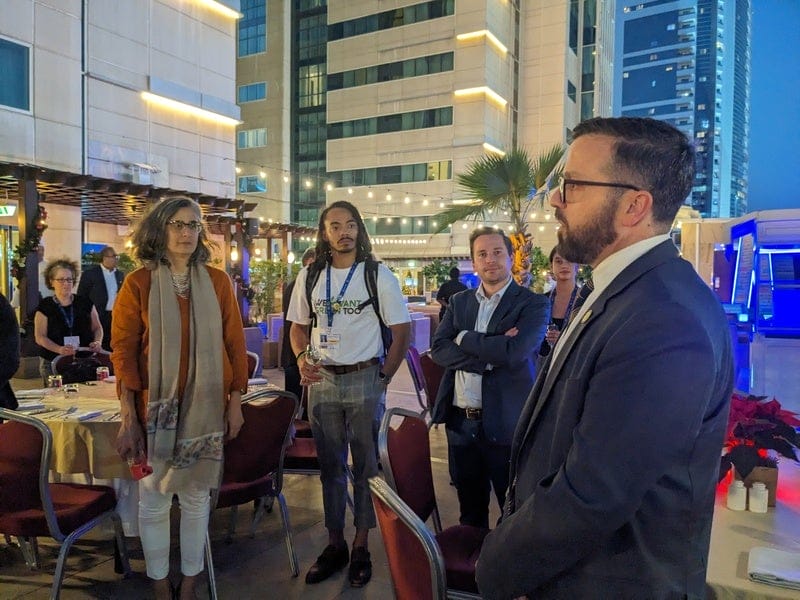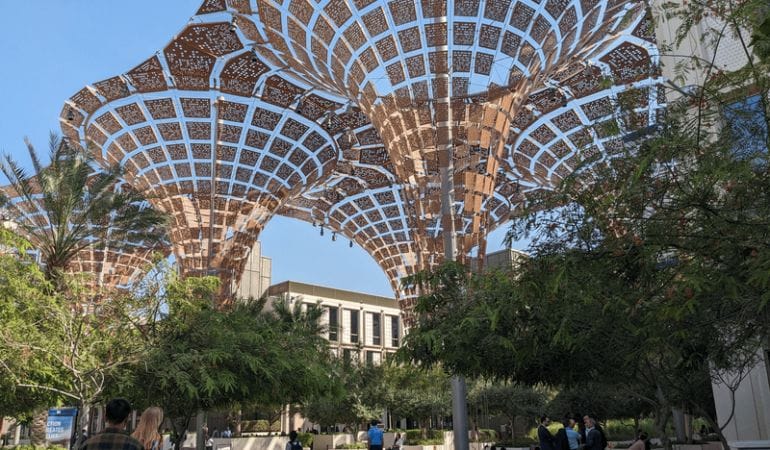Summer of Smoke and Swelter: The Science Behind Climate-Induced Wildfires

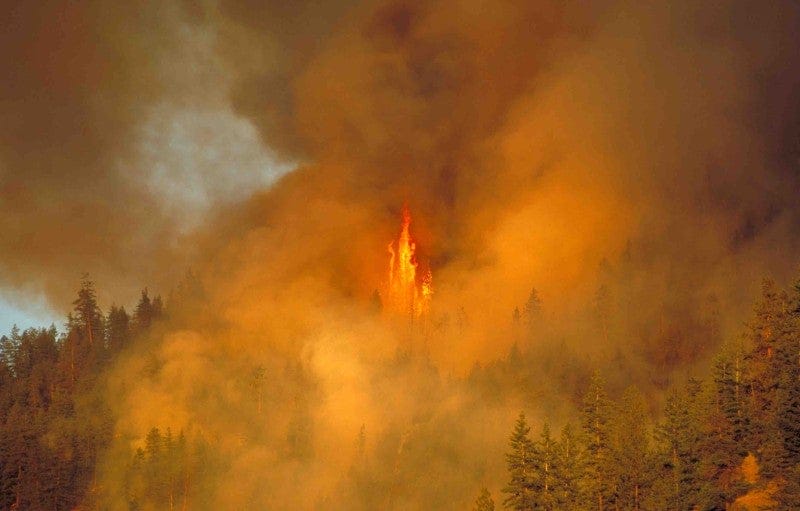
By Anthony Flint, August 3, 2023
Record-breaking heat, out-of-control wildfires, and eye-stinging smoke have made the impacts of climate change inescapable for millions of people this summer.
Heat, drought, high winds, and conditions on the ground are all making wildfires more intense, longer lasting, and more destructive, according to the National Oceanic and Atmospheric Administration, which notes that big wildfires require a number of factors to align, including temperature, humidity, and the lack of moisture in fuels such as trees, shrubs, grasses, and forest debris.
Containing the blazes is mostly a matter of land use management, says Canadian science journalist Edward Struzik, author of Firestorm: How Wildlife Will Shape Our Future and Dark Days at Noon: The Future of Fire, on this latest episode of the Land Matters podcast. The continual threat of fires also requires resilience-building techniques similar to those deployed to fend off floods and sea-level rise. “We have to learn to live with wildfire and the smoke that comes from wildfire. This isn’t going to go away,” said Struzik, a fellow at the Institute for Energy and Environmental Policy at Queen’s University in Kingston, Canada. “There’s a number of different ways that we can handle it. . . . We can do more prescribed burning where it’s appropriate. We can restore our wetlands, which would create natural buffers on the landscape. We can invest in science that provides firefighters with better tools and predicts where fire is likely to burn.”
Wildfires have become bigger, more intense, longer lasting, and more destructive for several reasons. Fires have long been nature’s way of regenerating forests, but Struzik blames the current situation on land management practices dating back to at least the 19th century: farmers burning and slashing their land, and mining companies doing the same, just to get at the mineral resources underground. The draining of wetlands took away potentially fire-stopping buffers. “If you think about it, a firefighter’s best friend really is a wetland, a swamp, a bog, a fen, a marsh,” Struzik said.
“Once [a fire] hits a wetland, it really doesn’t have anything to burn because things are just too wet and moist. We’ve essentially eliminated all those natural fire barriers over time and it’s bigger than an area the size of California. Fire now basically has its own way once it gets going.”
After the establishment of the Forest Service, the policy of prescribed or controlled burns attempted to mimic nature, but the practice became politically risky because many fires deliberately set veer out of control. Much of today’s wilderness has become a worst-case-scenario mix of dense, older forests, with abundant dry fuel on the forest floor due to high temperatures—all subject to the cascading effects of high winds, blazing heat, and fire-induced storms featuring dry lightning.
“Wildfire can actually create its own thunderstorm because of the amount of heat and vapor that it sucks up . . . and it rises up just like what would happen normally in a thunderstorm, and you get what they call a dirty thunderstorm that almost never produces any rain, but shoots out lightning,” Struzik said. “A great example of this was the Fort McMurray fire in the oil sands of Northern Alberta in 2016, where . . . the fires created their own thunderstorm and shot out lightning 20 miles in advance of the fire front. That’s how much energy there was, and [it] created a cluster of fires 20 miles away from the front of the fire. Firefighters at that time were thinking, ‘How do you manage this?’”
“They have their prediction scenarios or forecasting scenarios, but when you have a thunderstorm created by a wildfire, and it’s shooting out lighting 20 miles away, you’ve got a new rule book coming into play, and everybody’s adjusting to this. Also, I think that the other big thing for them is that you can no longer put people on the ground or in the air in a situation like that because it’s essentially like a small to moderate size volcano that’s blowing up. That’s how much energy there is.”
Wildfires allow forests to thin out, spread seeds, and spur regrowth that provides food and habitat for wildlife. But many of those benefits are obliviated in today’s megafires, which burn so intensely they destroy the nutrients deep in the ground, leaving behind a desert-like landscape where nothing regrows. In addition, the degraded forest loses its ability to soak up moisture and keep the soil stable, resulting in disastrous post-fire floods. Without trees to help absorb heavy rainfall, water rushes straight to rivers.
“Say a fire tears through the mountainsides in Colorado, which has happened a number of times. . . . You have all that ash, all that carbon on the ground,” Struzik said. “The thunderstorm comes in—and we are having more extreme thunderstorms for a variety of reasons and record heavy rainfalls in these spots—and it sweeps through, and then it just collects all that carbon and soot, puts it into the river, and actually threatens our drinking water supplies.
“There’s a great example of this in Waterton Lakes National Park on the Montana border. There’s a waterfall that most tourists come to see called Cameron Falls. A year after the fire following a thunderstorm, that crystal-clear mountain water that descended over the falls turned absolutely black,” he added.
The apocalyptic scenarios and feedback loops are almost certain to continue. And many of the near-term solutions lie in land.
“We’re using 20th-century strategies to deal with the 21st-century paradigm for which we’re not prepared,” Struzik said. “We’ve got to start thinking about other strategies. We’ve got to invest a lot more in science and predicting where these fires are likely to start . . . [with] a better understanding of the landscape. Where are the refugia from fires? Those areas that are unlikely to burn—or those areas that will slow or stop a fire— we should start looking at those areas from a conservation point of view, [to] protect those areas so that we don’t lose these natural barriers.”
Edward Struzik has been writing about scientific and environmental issues for more than 30 years and completed both the Atkinson Fellowship in Public Policy and the Knight Science Journalism Fellowship. His 2015 book, Future Arctic, focuses on climate change in the Canadian Arctic and its impacts on the rest of the world. He is on the board of directors for the Canadian Arctic Resources Committee, a citizens’ organization dedicated to the long-term environmental and social well-being of northern Canada and its peoples.
You can listen to the show and subscribe to Land Matters on Apple Podcasts, Google Podcasts, Spotify, Stitcher, or wherever you listen to podcasts.
Anthony Flint is a senior fellow at the Lincoln Institute of Land Policy, host of the Land Matters podcast, and a contributing editor of Land Lines.
Lead image: Forest fire, Penticton, BC, Canada. Credit: cfarish via iStock/Getty Images Plus.
Further Reading
The Second Wave: Why Floods Can Follow Wildfires, and How Communities Can Prepare (Land Lines)
‘Literally off the charts’: Canada’s Fire Season Sets Records—and Is Far from Over (Politico)
Big Heat and Big Oil (The New Yorker)
Can Mushrooms Prevent Megafires? (The Washington Post)
Ecosystem Collapse Could Occur “Surprisingly Quickly,” Study Finds (Slate)

